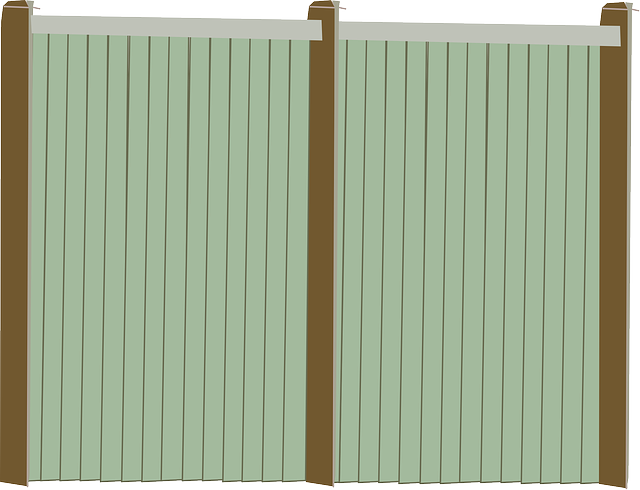In New Bedford, MA, residential fence installation is a popular way to enhance property value, increase privacy, and provide security. Before undertaking this project, understanding the city’s fencing regulations is crucial. This article guides homeowners through every step of the process, from selecting the right company to choosing among common fence types. We’ll break down the installation process, highlight benefits, and offer considerations for a successful and long-lasting fence that complements your New Bedford home.
- Understanding New Bedford's Fencing Regulations
- Choosing the Right Residential Fence Installation Company
- Common Fence Types for New Bedford Homes
- The Step-by-Step Process of Fence Installation
- Benefits and Considerations After Fence Installation
Understanding New Bedford's Fencing Regulations
Before hiring any residential fence installation company in New Bedford, MA, it’s crucial to understand the local fencing regulations. These rules are designed to maintain the aesthetic and safety standards of the city while ensuring that fences do not obstruct public views or infringe on neighbors’ properties. Check with the New Bedford Planning Department or Building Department to get a copy of the Local Building Code, which outlines specific guidelines for fence construction, including height restrictions, material requirements, and set-back distances from property lines.
Some neighborhoods in New Bedford may have additional historical or design guidelines that apply to fencing. These rules often preserve the character and charm of older districts by restricting certain types of materials or styles. It’s essential to comply with these regulations not only to avoid fines but also to maintain the value and appeal of your property and surrounding neighborhood.
Choosing the Right Residential Fence Installation Company
Choosing the right residential fence installation company is an essential step in ensuring your project’s success. Look for a local business with a proven track record and experienced professionals who can offer a range of services, from initial consultation to after-sales support. Check their portfolio and reviews to gauge their quality of work and customer satisfaction levels.
Reputable companies will provide transparent pricing, detailed estimates, and clear timelines. They should be licensed, bonded, and insured, ensuring peace of mind during the installation process. Additionally, experienced installers can offer valuable advice on fence types, styles, and maintenance, helping you make informed decisions tailored to your property’s unique needs and aesthetic preferences.
Common Fence Types for New Bedford Homes
In New Bedford, homeowners have several fence types to choose from when enhancing their outdoor spaces. Wood fences are a popular choice due to their classic aesthetic appeal and affordability. They offer a natural look that complements various property styles, from colonial to contemporary. Cedar and pressure-treated wood varieties are particularly durable and low-maintenance, making them suitable for New Bedford’s mild climate.
Another common option is vinyl fencing, known for its versatility and ease of upkeep. These fences are available in numerous styles and colors, allowing homeowners to match their unique preferences. Vinyl is resistant to rot, warping, and peeling, ensuring it remains looking pristine for years. Additionally, it provides excellent privacy and security without the need for frequent painting or staining.
The Step-by-Step Process of Fence Installation
The process of installing a residential fence begins with an on-site consultation to assess the property and understand the client’s vision. The company will measure the area, discuss material options, and create a customized plan. Next, they’ll obtain any necessary permits, ensuring compliance with local regulations. Site preparation is crucial; the ground is marked, and existing vegetation is removed to make way for the fence.
Construction involves setting posts, which are securely anchored in the ground, followed by the installation of vertical rails and horizontal braces. The chosen fencing material—wood, vinyl, or metal—is then attached, creating a sturdy barrier. Finally, after ensuring all components are level and secure, the company conducts a thorough inspection to guarantee the fence meets their high standards before leaving the premises.
Benefits and Considerations After Fence Installation
After residential fence installation, there are several key benefits to enjoy. Not only does a new fence enhance the aesthetic appeal of your property, but it also provides increased privacy and security. A well-installed fence can protect your home from intruders and keep pets safe within a designated area. Additionally, it serves as a clear boundary, preventing encroachment and potential disputes with neighbors.
However, there are several considerations to keep in mind. Regular maintenance is crucial to ensure the longevity of the fence, including cleaning, repairing any damage promptly, and applying protective coatings. The material choice also plays a significant role; some options require more upkeep than others. Furthermore, understanding local regulations regarding fence heights and materials is essential to avoid any legal issues or disputes with neighbors.
